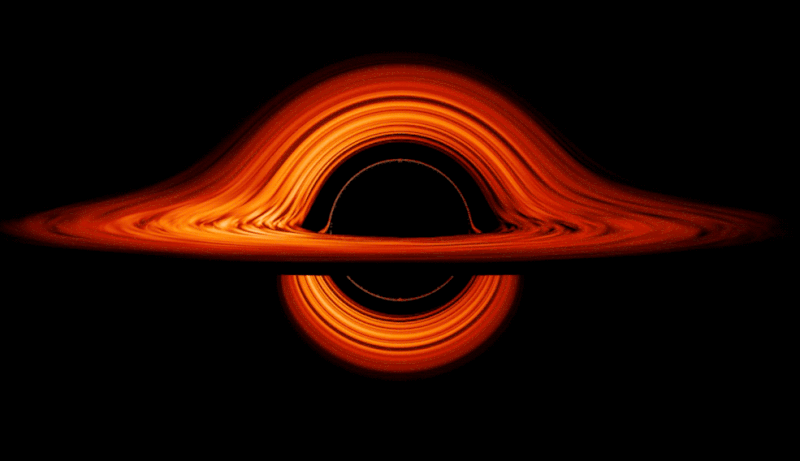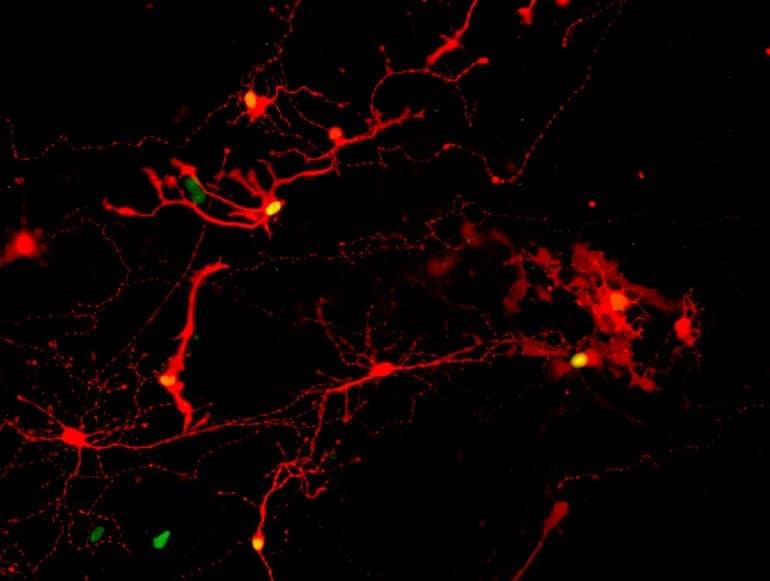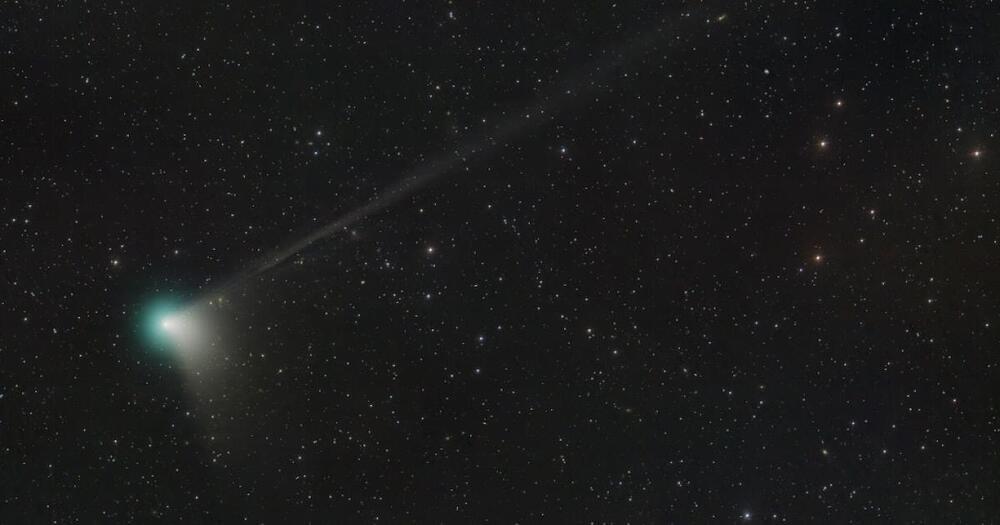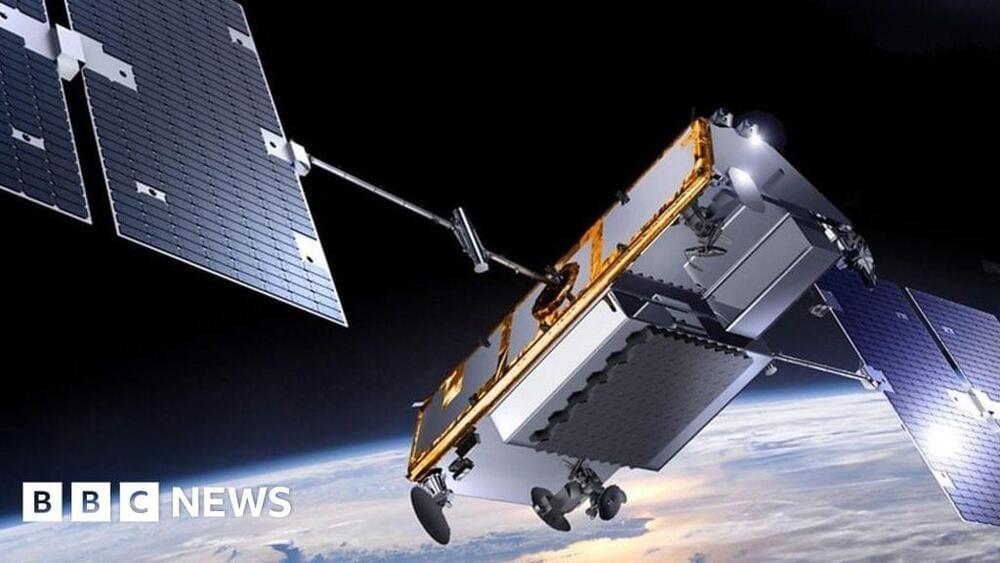In this video I discuss why Neuromorphic processors is the future of AI #NeuromorphicChips #Loihi #IntelNeuromorphic.
➞ Register for Phenom AI Day here:
https://bit.ly/3l4CDWx.
TIMESTAMPS:
00:00 — Intro.
00:32 — Phenom AI day (Ad)
01:03 — What is Neuromorphic Chip.
03:19 — Intel Loihi explained.
07:16 — New Intel Loihi 2
09:45 — Analog Neuromorphic chip by Rain Neuromorphic.
10:45 — Other chips.
***
➞ Support me on Patreon: https://www.patreon.com/AnastasiInTech.
➞ Subscribe for new videos every week! ❤ And leave me a comment below!






